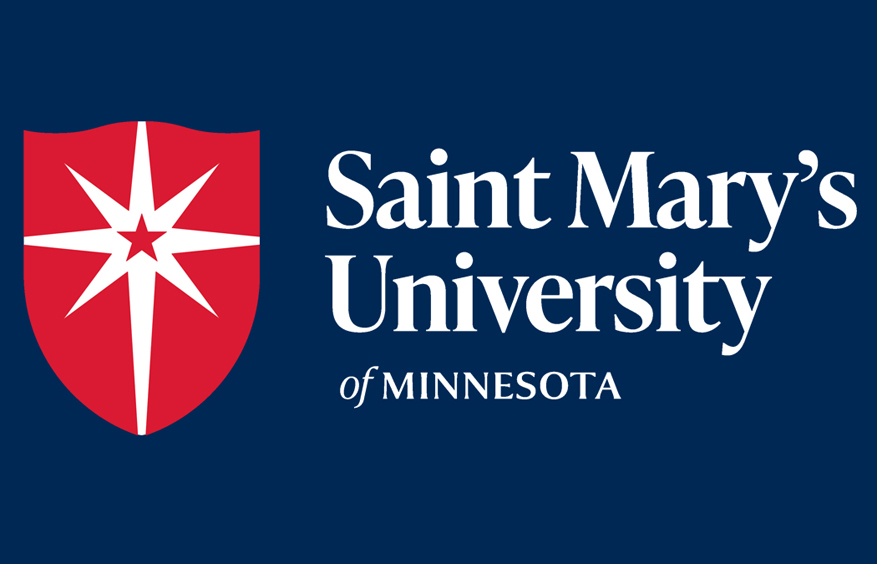Updated 07/14/2025
A base salary only encourages an employee to work at the level that is required of them. Reward systems can improve employee job satisfaction and retain staff.
Employee retention refers to an organization’s ability to limit workforce turnover. In most instances, employee retention can be represented by a simple statistic. For example, a 70 percent retention rate indicates that an organization kept 70 percent of its employees during a given period.
What many people do not consider is that employee turnover costs businesses time and money. It might also disrupt the flow of an already effective workforce. Departing employees can leave significant knowledge gaps, creating more work as the remaining team members try to pick up the pieces.
Many professionals with an MA in Human Resources will tell you that a base salary on its own will only encourage employees to stay productive enough to keep their jobs. If employers want to encourage their employees to perform at a high level and stay with the organization for longer, they may consider developing an employee reward system that promotes job satisfaction and workforce retention.
Employee Reward System Types
It is not always easy to find ways to motivate employees and encourage them to stay with the company. After all, each employee will respond to different incentives, requiring businesses to devise reward systems with varying options. Employee rewards often fall into two categories:
Category 1: Monetary Rewards
Monetary rewards include payments beyond an employee’s base salary. These rewards appeal to financially driven employees wanting to bolster their take-home pay. Examples include:
- Overtime pay: Wages paid for an employee’s time beyond a typical workweek
- Bonuses: Extra pay for employees, typically based on above-average performance
- Profit sharing: Giving employees a percentage of profits made by an organization
The pay structures for some roles serve as monetary rewards, such as commissions for salespeople, account managers, and other professionals whose performance can directly improve company revenue. Because these employees’ pay is tied to performance, in a way, these rewards pay for themselves.
Category 2: Non-Monetary Rewards
Non-monetary rewards appeal to employees driven by recognition and a sense of being appreciated. These employees are motivated by demonstrations that they are valued and recognized for their contributions. In fact, some employees might be content with a salary lower than what competitors offer if they feel they are appreciated as team leaders or difference-makers in their organizations.
Employees who perform well consistently should be recognized and congratulated in front of staff and management. Rewards like special projects, event participation, and similar initiatives can underscore that a company holds an employee in high esteem.
Other non-monetary rewards include:
- Flexible work schedules: Allowing workers to complete tasks during non-work hours, giving them time off during typical workdays
- Additional paid time off: This reward allows employees to accrue time off for taking vacations and caring for personal matters
- Professional development: Some employees want to build skills to qualify for promotions or prepare for new career paths
Employers should note that some of these non-monetary rewards come with financial impacts. For instance, providing additional time off could reduce workplace efficiency. Additionally, professional development will often include training costs. Therefore, it’s important to deploy these incentives in financially sustainable ways.
Workplace Benefits Also Contribute to Employee Satisfaction
Offering employee benefits is an essential part of total reward systems for companies wanting to boost retention. An attractive healthcare insurance package, for instance, can prove valuable to employees and encourage them to remain with an employer longer. In fact, one analysis found that paying for health insurance is the top benefit for lowering turnover.1
Other benefits include:
- 401(k) plans and stock options
- Company-paid cars
- Company-subsidized housing
- Wellness programs with incentives, such as gift cards for physical activity
When these benefits strengthen retention, their worth can exceed what they cost employers. As a result, they’re often cost-effective ways to reward staff.
Prepare to Boost Employee Satisfaction and Retention
Businesses that recognize and reward employees can boost workplace retention. Toward that end, skilled human resources professionals can play central roles in lowering turnover and helping organizations unlock the benefits of employee retention.
With the online MA in Human Resource Management from Saint Mary’s University of Minnesota, you can learn advanced tools capable of enhancing the performance of both employees and teams. The course topics include employee reward systems, conflict management, and other activities relating to organizational success.
Request information to talk with an enrollment counselor today. You can complete this online program in 1.5 years.
Source
- PSMJ Resources, Inc. “Do You Know the Employee Benefit With the Highest Correlation to Turnover Rate?” October 29, 2024. Retrieved May 22, 2025, from https://go.psmj.com/blog/do-you-know-the-employee-benefit-with-the-highest-correlation-to-turnover-rate.
